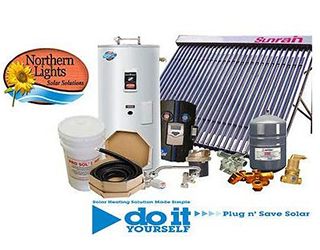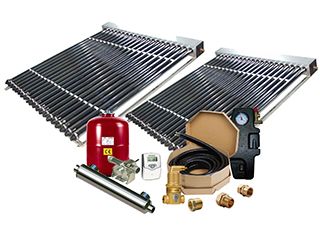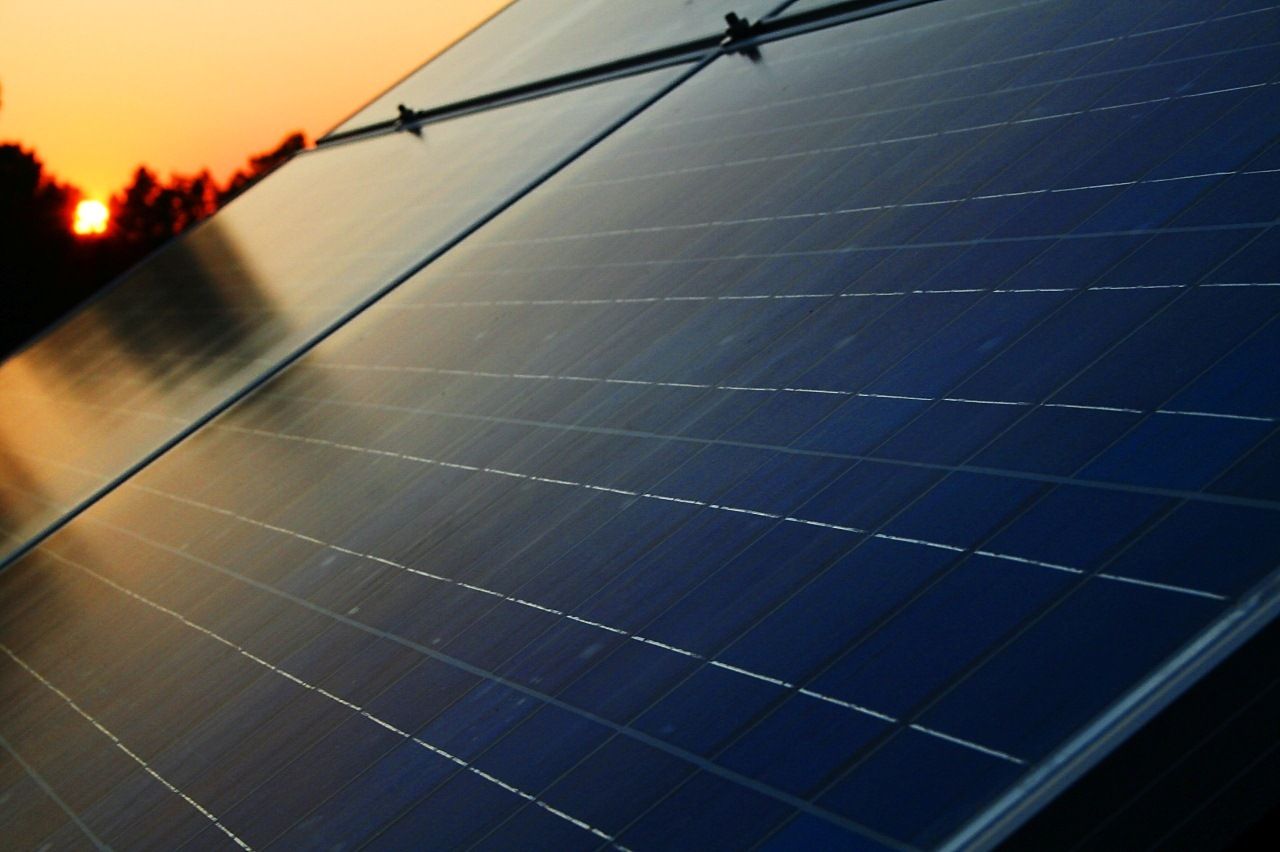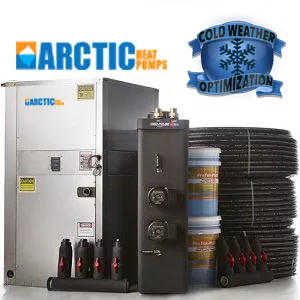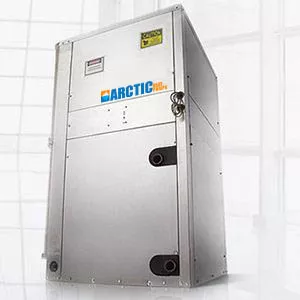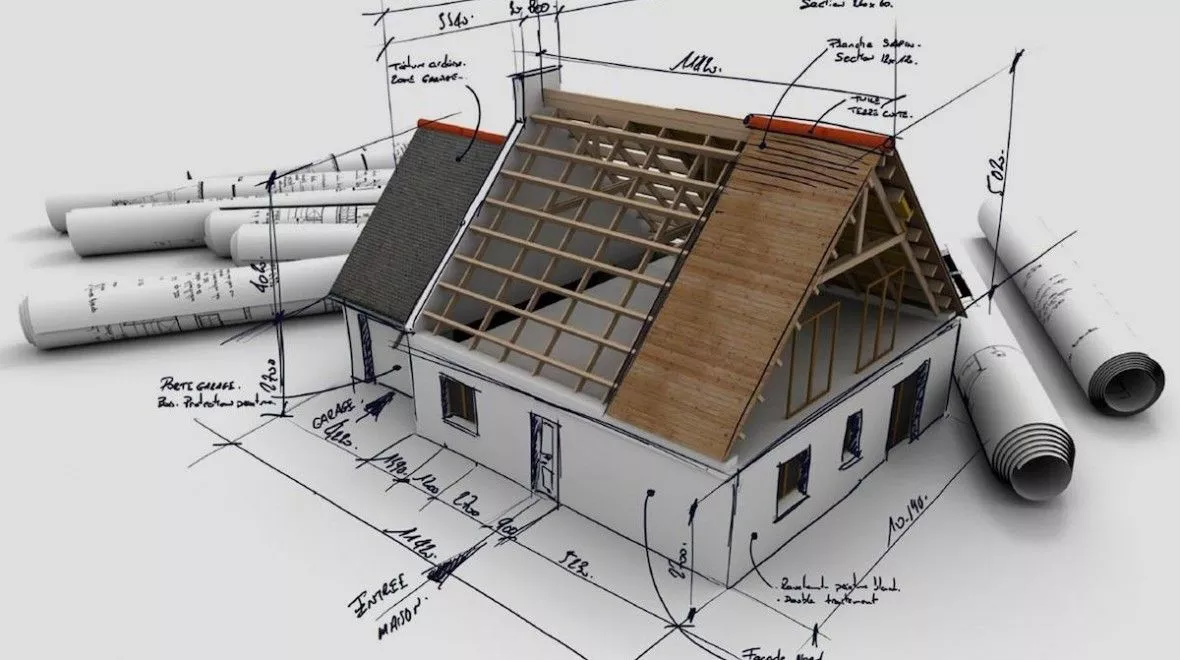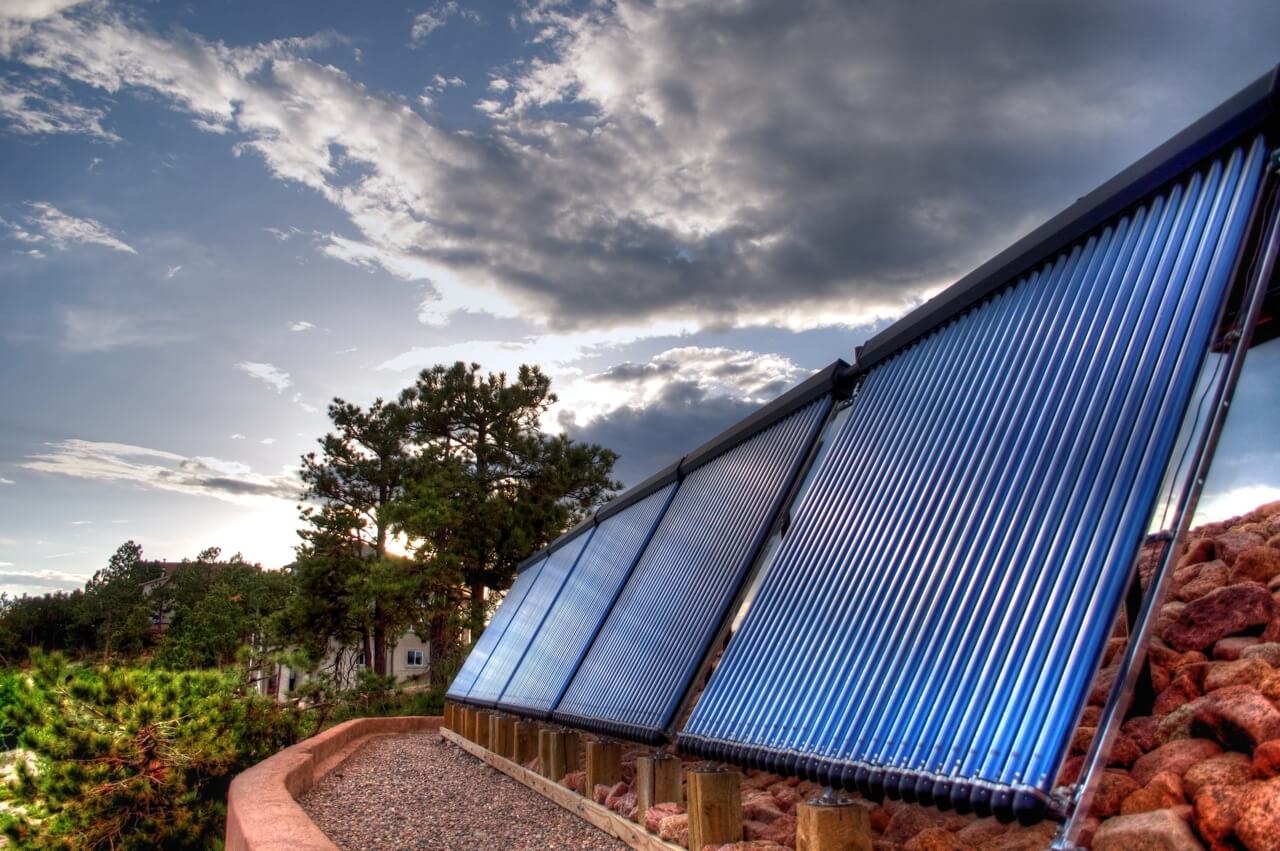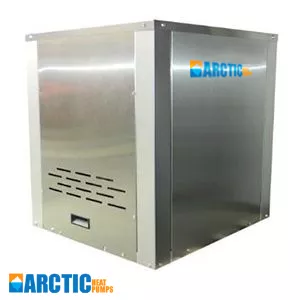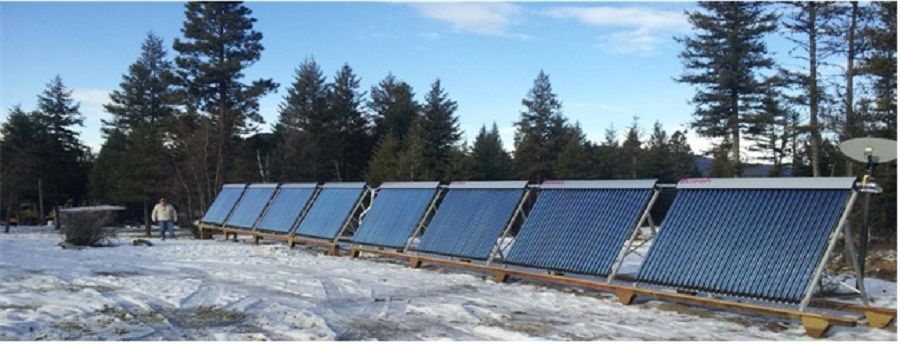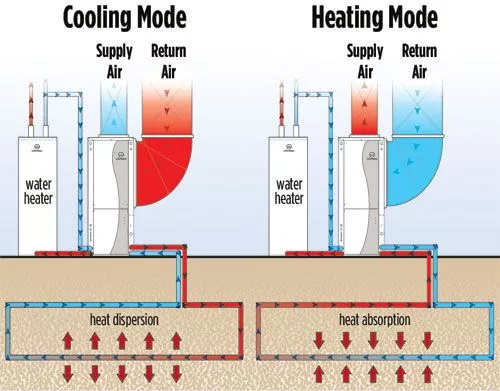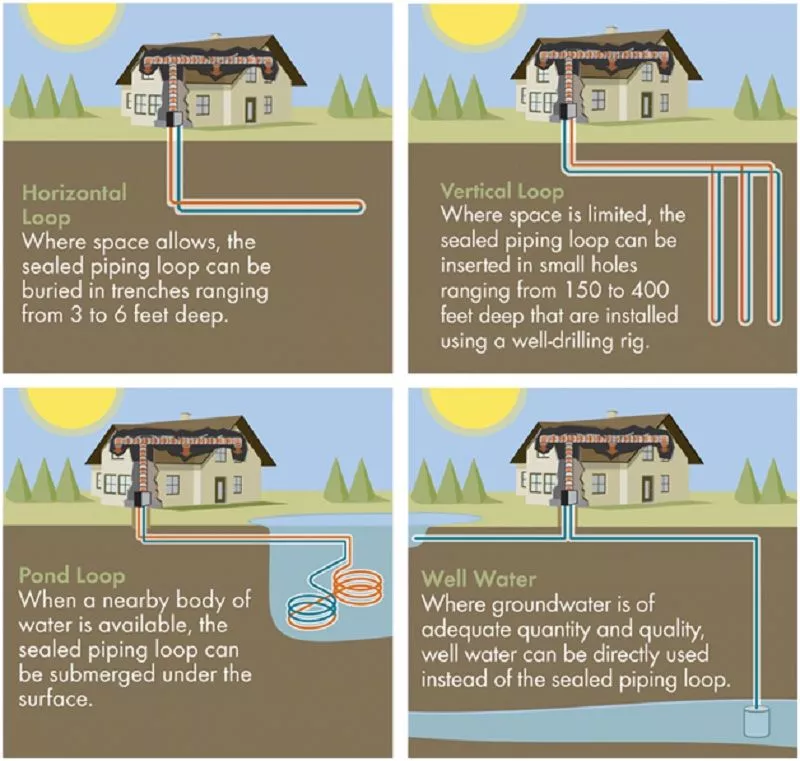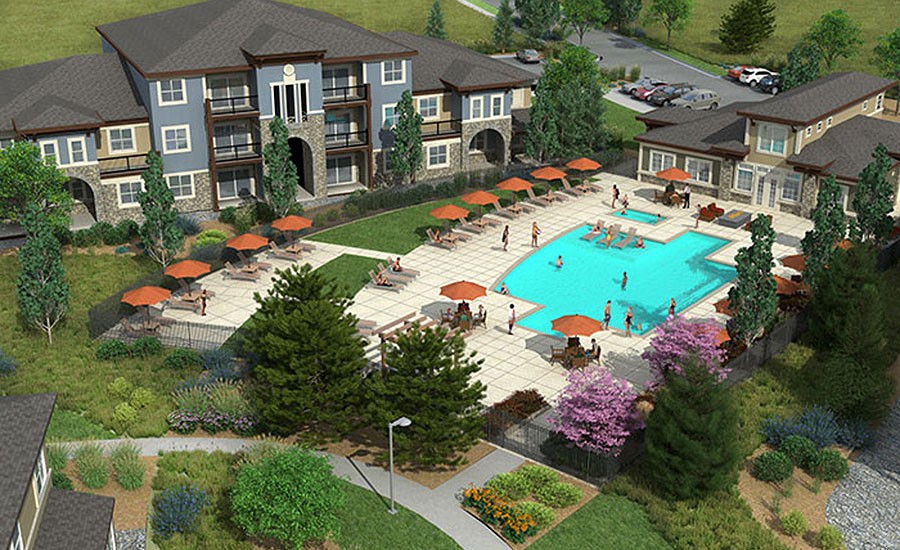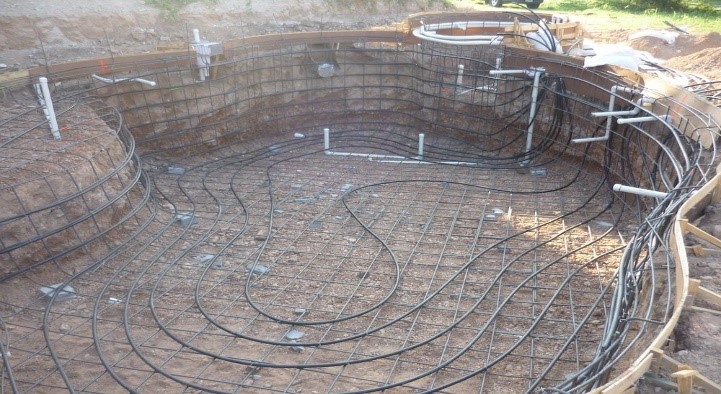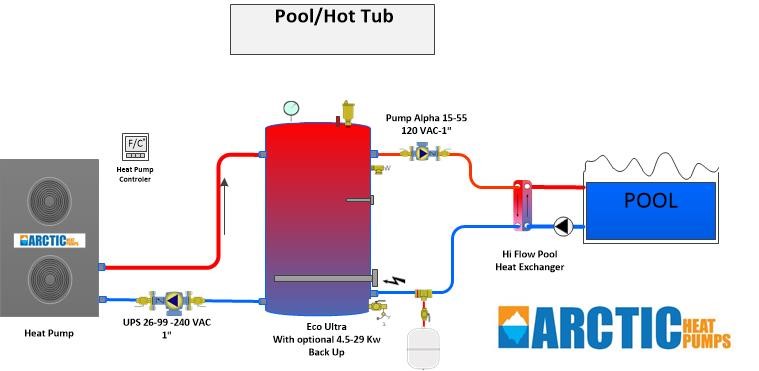Are you thinking to minimize expensive energy bills during your heating season? Solar space heating systems are effective and excellent alternatives to every home. Generally, a solar space heater works along with your existing heating system and uses the solar energy to minimize consumption of oil, propane, or other fossil fuels.
Using solar evacuated tube collectors, these heating kits work to deliver free solar heating for your home throughout the year. These collectors capture heat which is moved to the home through a closed loop system. The heat can be again transferred into the home through radiant floor heating loops, hydronic radiators or air to water heat exchanger in a forced air furnace.
The solar space heater unit features a solar differential controller that helps you control the entire heating loop and a pump. In addition, the controller maximizes the system performance by switching it on or off when required.
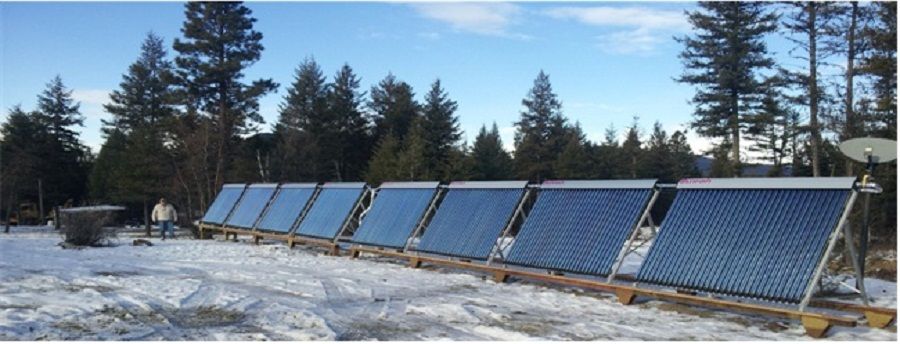
Why Do You Invest in a Solar Space Heater?
- On an average, an American family spends over $2,000 a year in heating costs. However, the heating systems that utilize fossil fuels, oils, propane and natural gas continue to rise with time. By using the solar space heating system, you can take advantage of abundant, free solar energy for heating your home at free of cost. Heating your home with a solar space heating system can significantly minimize your winter fuel costs.
- Another important reason behind this solar investment is that the solar space heaters specialize in heating residential hot water.
- A solar space heating kit will minimize air pollution and production of green house gases that emit from using fossil fuels like oil, propane, and other petroleum products.
- The solar space heaters are highly rated, tested, and certified by the SRCC (Solar Rating & Certification Corporation). Your solar heating system allows you to take advantage of different rebates and financial incentives from the government solar programs including the Federal 30% tax credit.
What are Included in Solar Space Heating Package?
Solar space heating packages are perfectly engineered and packaged to integrate seamlessly into the existing heating system seamlessly. They include all important components required to generate your own free solar space heat. Take a look at some of the best features discussed below:
Solar Evacuated Tube Collectors -
The solar evacuated tube collector is the key component in your residential solar space heating system. These collectors are excessively utilized in solar space heating systems because of their superb performance and higher efficiency in cold and cloudy climates. They are also certified and tested by SRCC allowing you to enjoy financial incentives and cash rebates.
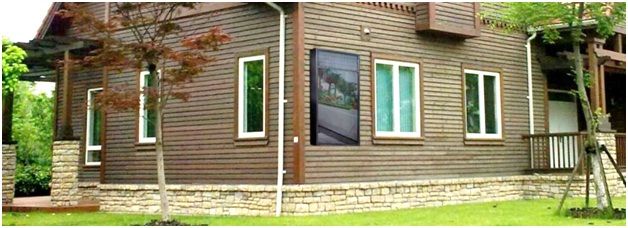
Solar Storage Tank -
The solar storage tank is another component that plays a significant role in every solar space heating system. This tank stores heat collected from the solar evacuated tube collectors to utilize whenever required.
The solar tank is properly sized to match the number of solar air collector and demand of heat inside the house. If the tank is of too small size, it won’t have enough storage whereas a too large tank will be unable to heat your home.
Hence, the solar storage tank should be properly sized to fit the space available, your goals and budget. They should be durable, long lasting and backed with full warranty for effortless operation.
Solar Pump –
Solar pump is the main component of a solar space heater. It circulates the fluid through solar collectors and solar tank. The solar pump stations are specifically designed for easy installation, longer lifespan, durable materials and optimal performance. The solar pump station comes with essential components required for the easy installation and operation of solar space heaters.
